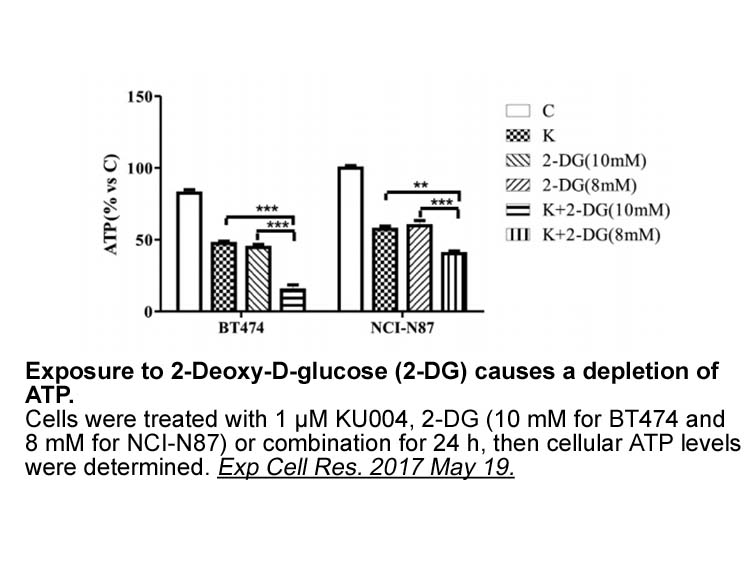Archives
The Filmarray which is approved by
The Filmarray, which is approved by the Food and Drug Administration (FDA), is a platform that uses NPS for detection. In this study, the Filmarray has been used to demonstrate that the spectrum of pathogen was similar between upper and lower respiratory tract of patients with an RTI, which agreed with other studies. Few studies have investigated the spectrum of pathogens in the respiratory tract from the same individual. In 24 out of 30 cases for which NPS and BALF samples were available in this study, the pathogens in the NPS included all the pathogens detected in the BALF sample from the same individual. Our findings suggested that although the tropism of several pathogens might contribute to the different detection rates in the upper and lower respiratory tract, the spectrum of pathogens is mostly concordant in the upper and lower respiratory tract. The pathogens detected in the NPS can predict well the pathogens in the lower respiratory tract. Thus, collecting NPS for pathogen detection could be a non-invasive and preferable option.
The Filmarray assay has been used to diagnose RTIs in previous studies. It could detect co-infection efficiently, with good sensitivity, and showed more than 80% concordance with the real-time PCR results in this study. The overall turnaround time of the Filmarray is shorter than routine PCR. Fast and comprehensive detection for respiratory pathogens helps to avoid the abuse of cancer and leads to better clinical care.
The clinical characteristics between single-infections and co-infections showed no significant differences based on the observational data in our study. A previous study also demonstrated that neither viral load nor viral co-infections were significantly associated with disease severity. The study of co-infection and the clinical features in children with RTIs were limited by the number of participants in this study. Further study is required to better understand the relevance the data presented here.
Introduction
Influenza A virus subtype H1N1 [denoted as A(H1N1) or H1N1] is one of the most commonly found influenza viruses in humans. Epidemic H1N1 influenza spreads rapidly in autumn and winter in the Northern Hemisphere, such as North America, Europe and Asia. This has become a major social and public health problem that has a serious negative impact on economic development and human health. The early symptoms of H1N1 influenza are similar to Non-H1N1 influenza, however, progression is rapid and may lead to secondary and severe bacterial pneumonia, respiratory failure and multiple organ injury and even death. Secondary bacterial infection accounted for 26–33% of deaths caused by H1N1 virus infection, and 30–33% of patients with H1N1 virus in intensive care might have secondary bacterial infection. H1N1 virus was the leading main cause of death in the three large influenza pandemics in 1918, 1957 and 1968.
Secondary bacterial infection is attributed to the capacity of H1N1 virus to replicate in the lower airways, causing extensive epithelial destruction, viral pneumonia, and secondary bacterial infections with increased lethality. Viral infection may enhance bacterial pathogenesis and include impairment of mucociliary clearance and increased bacterial adherence to epithelial cells. Virus-induced epithelial damage facilitates bacterial translocation and dissemination and/or inhibition of antibacterial immune response. The healthy nose/nasopharynx has a bacterial community dominated by Actinobacteria, Firmicutes and Proteobacteria. Secondary bacterial pneumonia is usually caused by Haemophilus influenzae, Pseudomonas aeruginosa, Staphylococcus epidermid is, Staphylococcus aureus and Corynebacterium tuberculostearicum.
The occurrence and development of many human diseases are usually closely related to changes in their bacterial flora. The normal flora in the respiratory mucous membrane can be involved in the regulation of adaptive immune response against influenza virus. It can maintain a high tolerance threshold to modulate the inflammatory response. So, it is reasonable to hypothesize that the changes in respiratory tract flora caused by acute H1N1 virus infection stimulate secondary and severe bacterial pneumonia, but the mechanisms are still not clear.
is, Staphylococcus aureus and Corynebacterium tuberculostearicum.
The occurrence and development of many human diseases are usually closely related to changes in their bacterial flora. The normal flora in the respiratory mucous membrane can be involved in the regulation of adaptive immune response against influenza virus. It can maintain a high tolerance threshold to modulate the inflammatory response. So, it is reasonable to hypothesize that the changes in respiratory tract flora caused by acute H1N1 virus infection stimulate secondary and severe bacterial pneumonia, but the mechanisms are still not clear.